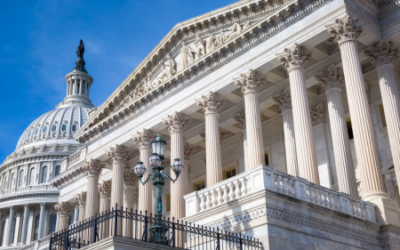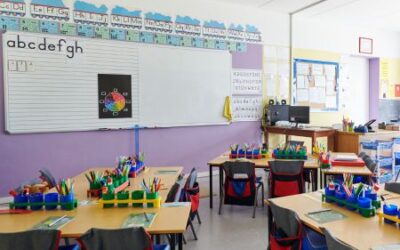
Innovative public officials are now repurposing old, unwieldy, and abandoned public assets. Non-revenue generating assets are being salvaged by repurposing them. The result is that the upgraded and enhanced public assets are often repurposed to deliver revenue potential or some sort of citizen benefits.
Repurposing efforts usually cost less than new construction, and adaptive reuse initiatives revitalize and increase the value of public assets. Citizens and taxpayers benefit when that happens. Because public officials have struggled so long without funding required to address deferred maintenance issues, this type of innovation promises to become the norm.
City officials in Zanesville, Ohio, have announced plans to renovate an abandoned educational facility. The Munson Elementary School, closed since 2005, will now be repurposed into a modern, efficient, and affordable housing complex. This will be a collaborative initiative.
A repurposing project in Texas has gained considerable attention. The Alamo Trust organization, Bexar County, and the Texas General Land Office have partnered to repurpose a large retail space near the historic Alamo Plaza in San Antonio. A new Alamo Visitor Center and Museum will be created, and the new museum will become the home of many cherished collections of original documents and artifacts. The design phase of the estimated $130 million facility is currently underway.
In Idaho, members of the Hailey City Council will ask voters to approve a $950,000 reimbursement bond in November. If the bond package is approved, Hailey will repurpose city-owned land. The property has been unused since a planned central mail distribution venue project was halted before it ever started. Councilmembers now want to repurpose the land and create a common pedestrian plaza or event venue that will expand and upgrade a town center campus. The asset recycling project, once finished, will enhance the town square and allow it to become the central focus of the downtown area. The project will serve as a catalyst to an economic stimulus and add to the quality of life for residents and citizens.
The city of Madison, Georgia, has targeted one of its older schoolground assets for an entirely new purpose. The city allocated $750,000 to renovate the historic Pearl-Burney Campus and give it an afterlife as a facility that in the future will permanently host the Madison-Morgan Boys & Girls Club.
The Casper Housing Authority in Wyoming purchased the former Willard Elementary School and announced plans to transform the campus and its public assets into a new home for a variety of services to address generational poverty. The repurposed facility will become a community center for both adults and children where they can take advantage of numerous services. A child-care center will be available for individuals or families participating in the various programs.
Community leaders in Atlantic City, New Jersey, have formed a partnership to repurpose property where the Trump Plaza Hotel and Casino once stood. The New Jersey Economic Development Authority awarded the city a $50,000 planning grant which will be used for an overall development plan. The plan will evaluate strategic uses for the land and evaluate options for redevelopment. City officials and members of the state-run Casino Reinvestment Development Authority want to create a development corridor that connects the Atlantic City Convention Center with new retail space, boardwalks, and beaches.
City officials in Huntsville, Alabama, will renovate an educational campus. This initiative, with a projected cost of $27.7 million, will repurpose unused parts of the property to create additional educational facilities. When completed, the enhanced campus will be able to accommodate a much larger student body in the future. The repurposing project also will greatly enhance the value of the public asset and save taxpayers a much greater cost to accommodate the growth that requires new education facilities.
These are but a few examples of collaborative initiatives that are being launched throughout the U.S. Some of them are called asset repurposing and others are dubbed asset recycling, but whatever the project is called, the results are increasing the value of public assets, generating more economic vitality, and decreasing taxpayer costs.






